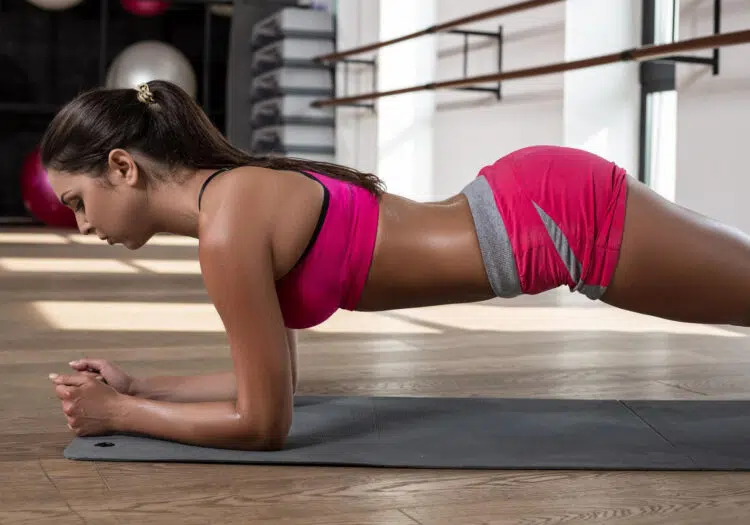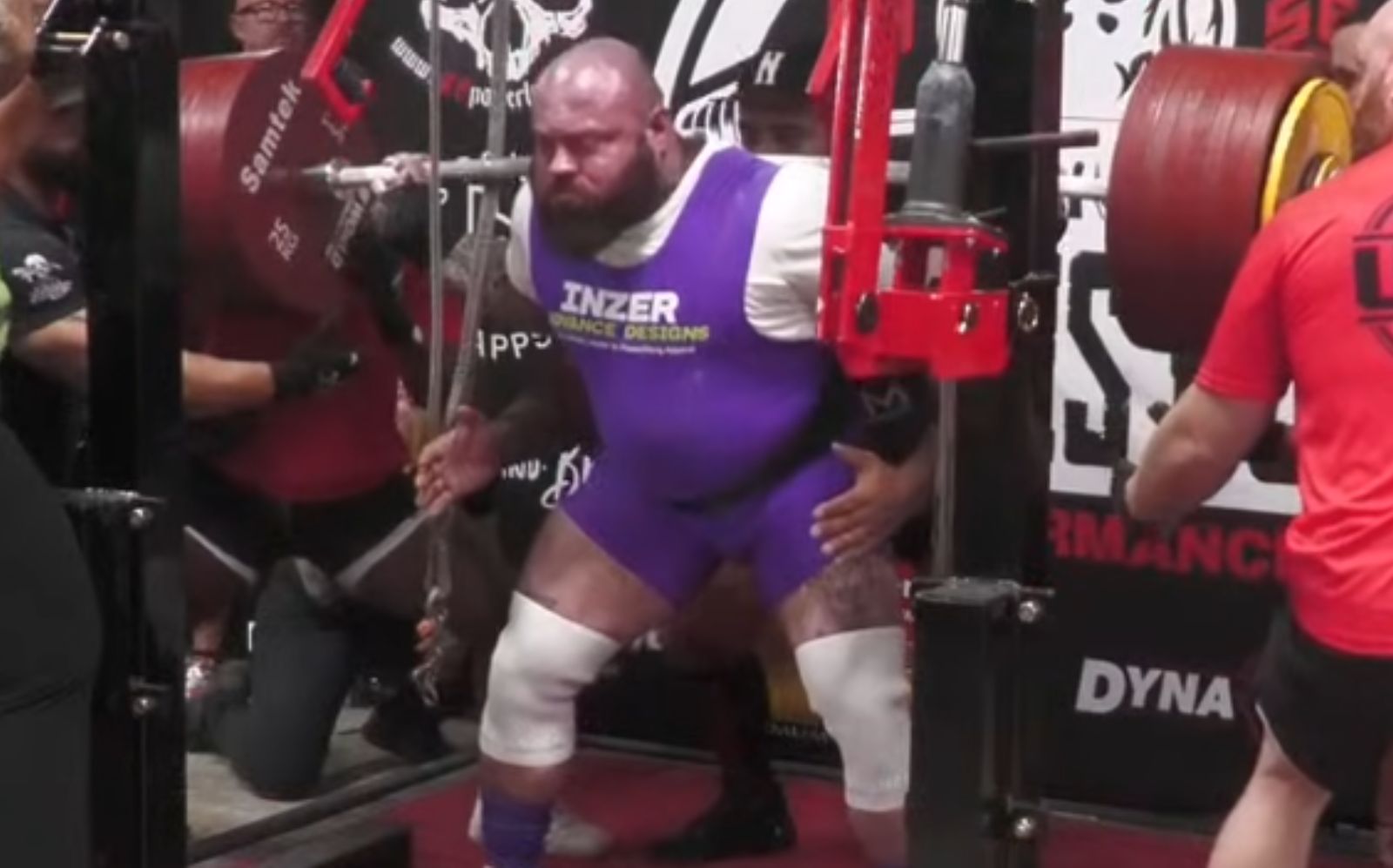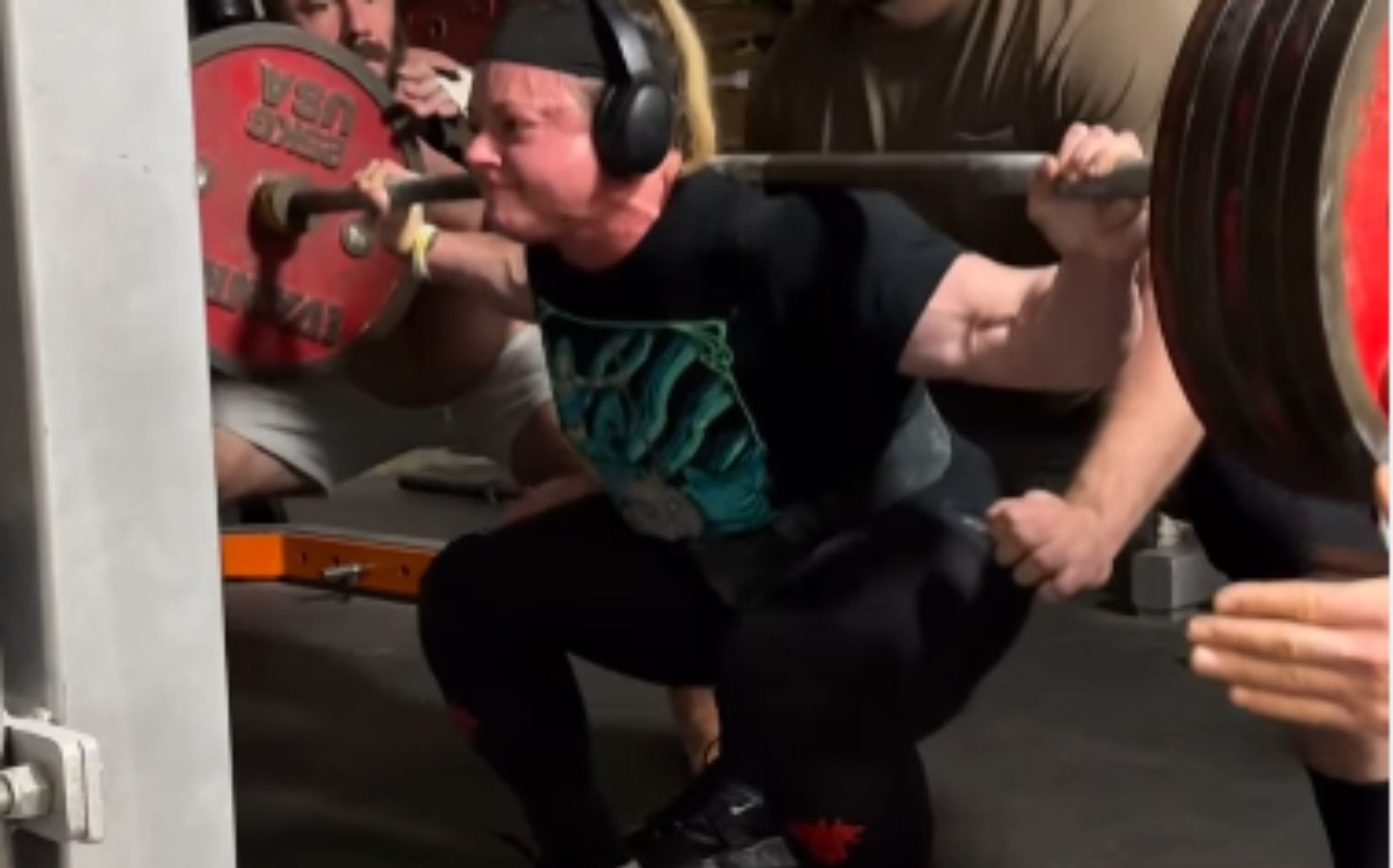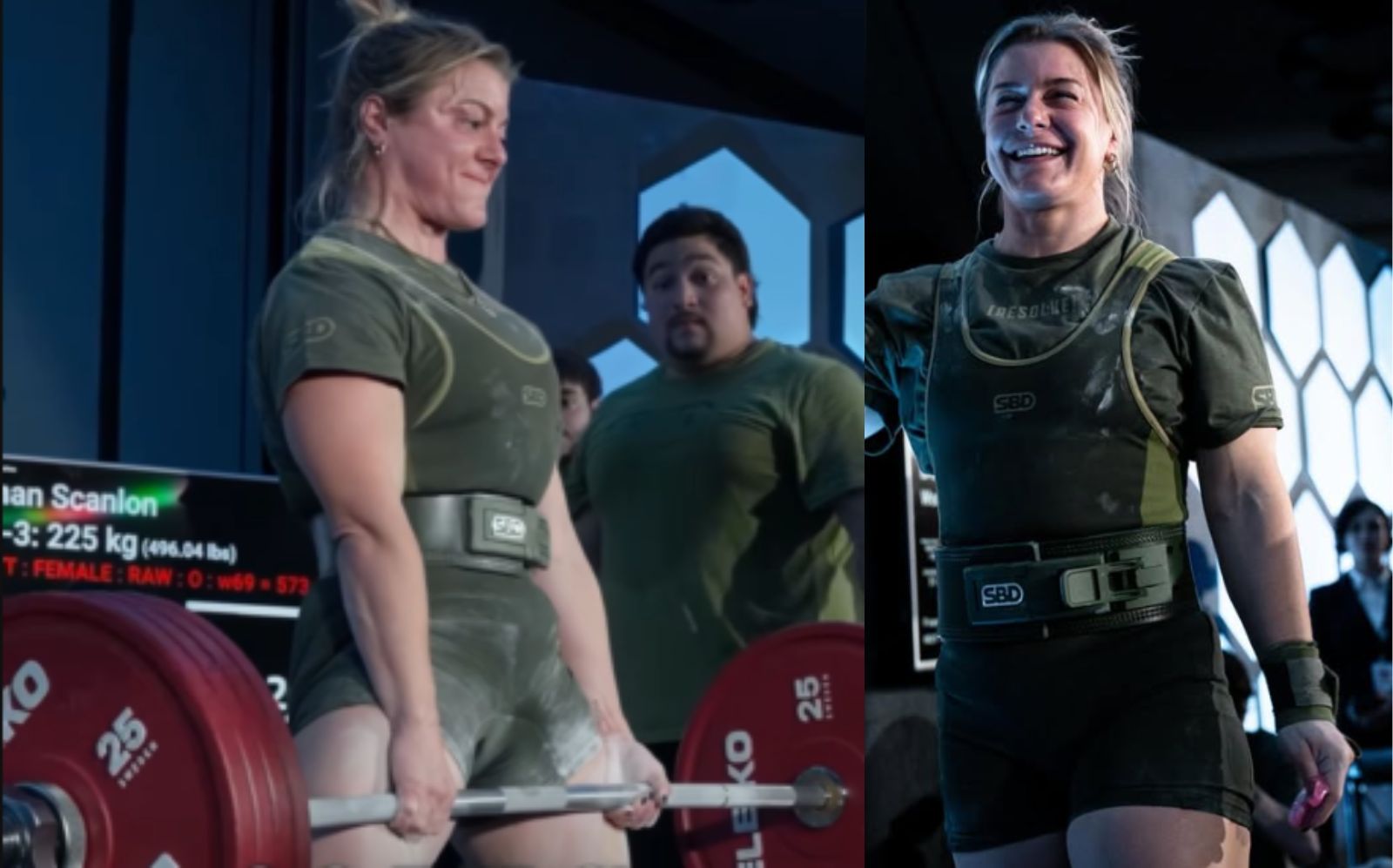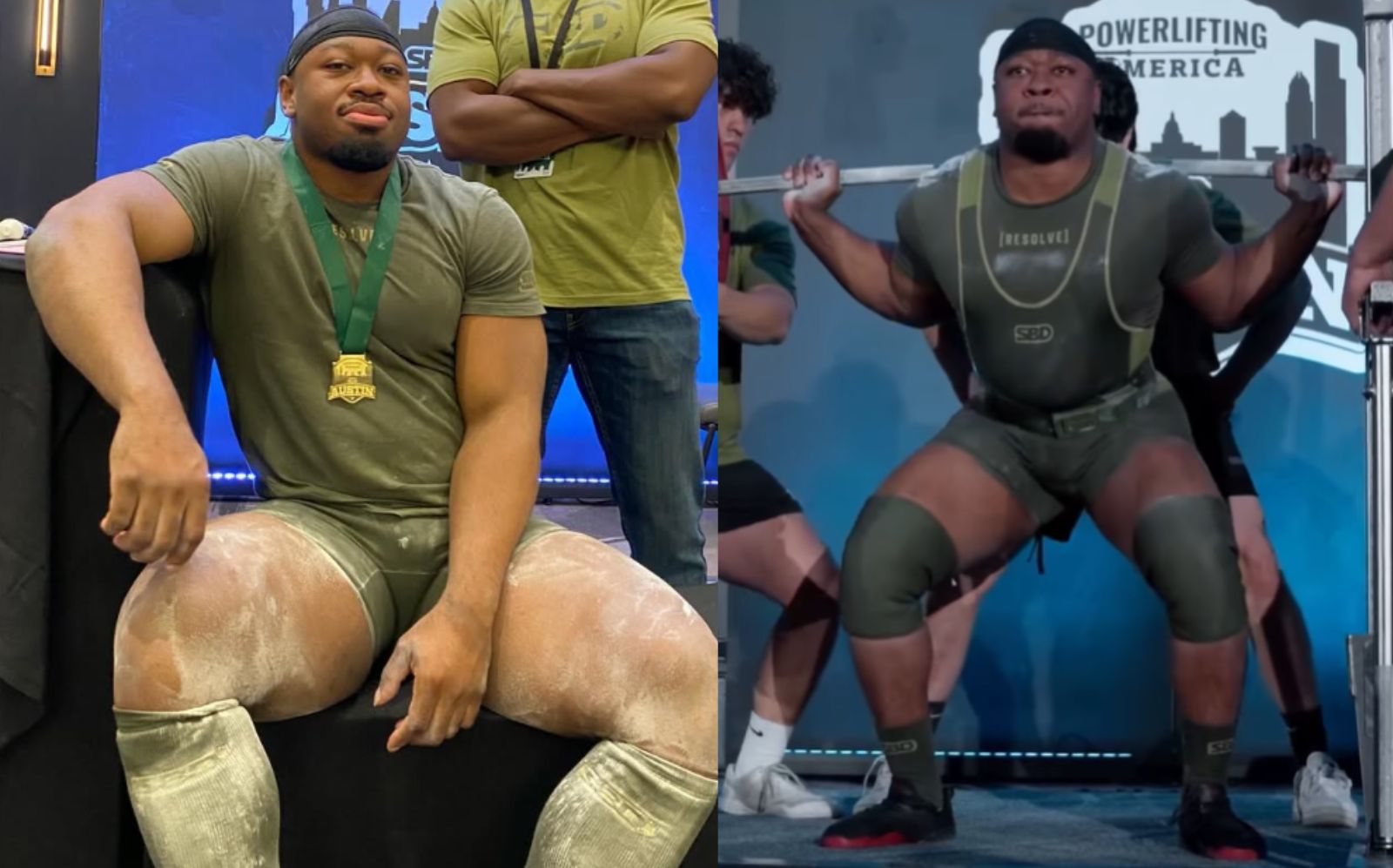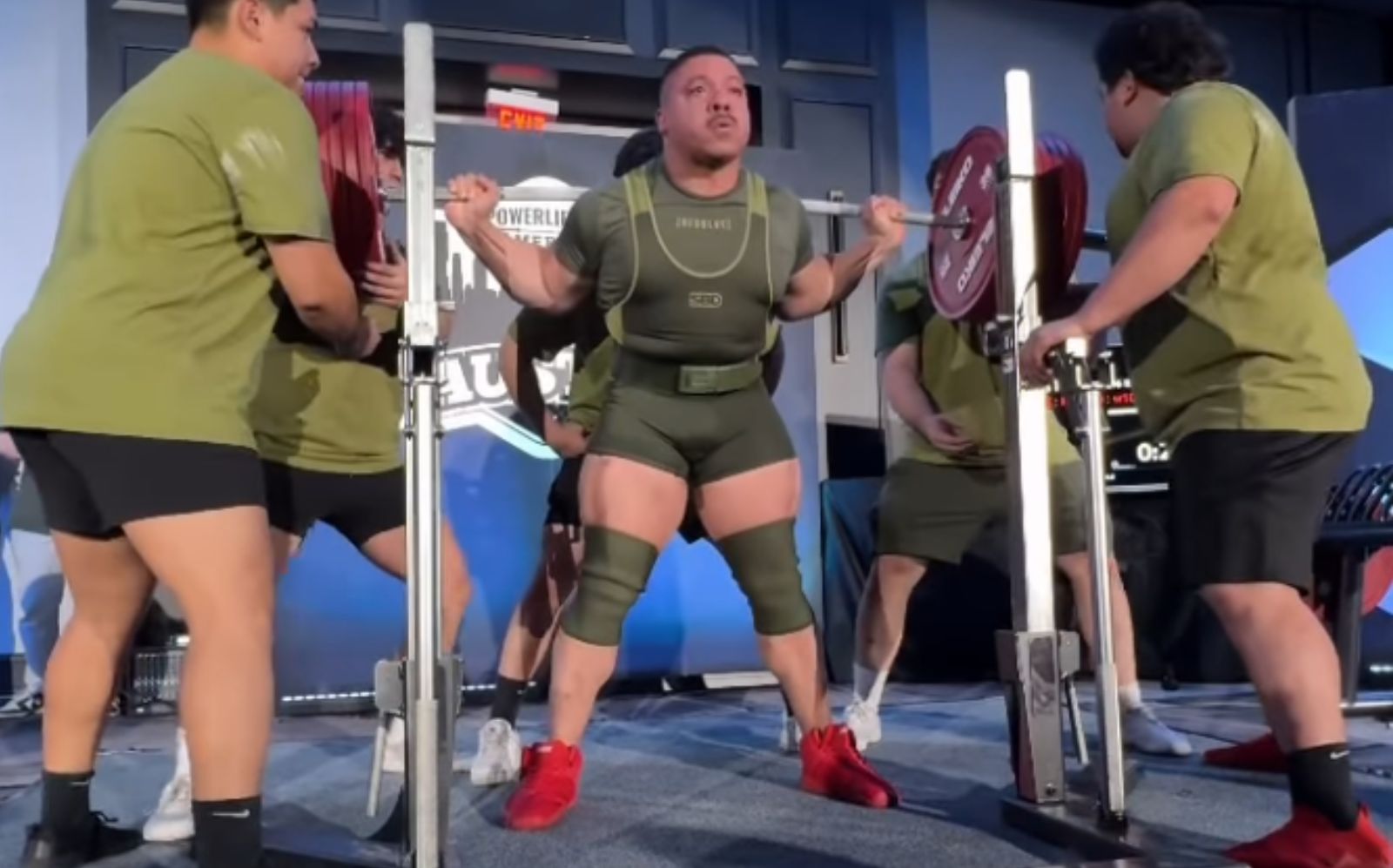It wasn’t too long ago that people were advised against lifting weights for fear of becoming “muscle-bound.”
I am not going to lie; some people have made this myth a reality. However, this lack of mobility is mainly because of overlooking flexibility work rather than lifting massive weights.
People avoid flexibility training as it can get boring and redundant really quickly. On the flip side, lifting heavy weights is very thrilling. The good news is that using a picture-perfect training form while performing heavy powerlifting exercises can help improve your mobility and boost your performance in training and day-to-day activities.
For the uninitiated, powerlifting is a strength sport that is centered around three main lifts — squat, bench press, and deadlift.
To excel at competitive powerlifting, you must focus on achieving a full range of motion (ROM), as partial reps can lead to a disqualified lift.
As a personal trainer with over 17 years of lifting experience, I can attest that powerlifting training can help increase your flexibility and mobility in the long run.
Level Up Your Fitness: Join our 💪 strong community in Fitness Volt Newsletter. Get daily inspiration, expert-backed workouts, nutrition tips, the latest in strength sports, and the support you need to reach your goals. Subscribe for free!
In this article, I’ll explain how squats, deadlifts, and bench presses can stretch the target muscle groups and promote flexibility. I’ll also share form tips to enhance flexibility and limit the risk of injury.
Biomechanics of Powerlifting and Flexibility

Although people use flexibility and mobility interchangeably, these are two different concepts. Flexibility involves the ability of your muscles to lengthen; on the other hand, mobility is how freely you can move your joints through a range of motion while also handling additional resistance.
To improve your flexibility, you must focus on your muscle elasticity, which involves how freely your connective tissues (tendons and ligaments) lengthen.
If you follow competitive powerlifting, you might know that even the heavyweight competitors have excellent mobility. This not only helps them maximize their performance but also ensures longevity.
But how does that work, you ask?
Range of Motion and Tissue Adaptation
Here is an overview of the standards for the three big lifts:
- Squat: Your hip crease should be below your knee crease at the bottom of your ROM.
- Bench press: The bar should touch your chest at the bottom, and you must lock out your elbows at the top.
- Deadlift: Use a shoulder width or sumo stance to hoist the barbell. The latter requires greater hip and lower body mobility.
Performing each rep of these exercises through a full ROM promotes the muscle’s ability to stretch and contract effectively. Furthermore, most athletes use a slow, controlled eccentric (lowering) motion while performing these movements. The extended time under tension (TUT) increases muscle fiber stimulation, resulting in better muscle and strength gains and flexibility. (1)
Joint Stability & Mobility
Powerlifting involves gradually lifting heavier weights. This training approach helps build a solid foundation and boost joint stability by strengthening the muscles around them.
It doesn’t end here; stable joints move more freely and safely and can handle a wider range of motion while minimizing the risk of getting hurt. Stable and strong joints and muscles give you the confidence to push yourself in the gym without the fear of strains or sprains.
Neuromuscular Control
Powerlifting training mostly involves lifting heavier weights for fewer reps. A slow, deliberate movement pattern helps deepen the mind-muscle connection, ensuring all your muscles are firing at maximum capacity.
More efficient and coordinated movement are extremely underrated benefits of improved neuromuscular control. These can help achieve greater depth with each rep, leading to optimal muscle fiber activation.
Powerlifting Exercises for Enhanced Flexibility
Below is a lowdown on the three powerlifting exercises and how they impact your flexibility:
Squats
It is the king of lower body exercises, as it engages most of the muscle fibers, including the glutes, hamstrings, quads, hip flexors, adductors, abductors, and even your ankles.
How To Squat For Improved Flexibility
- Stand upright with a shoulder-width stance with your toes pointing out slightly.
- While maintaining an upright torso, flex your knees and lower as low as possible. Aim to touch your hamstring to your calves in the bottom position.
- Pause in the fully lengthened position to ensure a deep stretch.
Squat Variations For Better Flexibility
If you thought the barbell back squat is challenging, wait until you try the variations listed below:
- Front squat: While some people lean forward during the conventional back squat to power through the concentric phase, this isn’t possible during the front squat. Keeping your torso upright throughout the ROM loads the quads and glutes and improves flexibility.
- Bulgarian split squat: Perform this exercise while holding onto a pair of dumbbells and aim to touch your rear knee to the floor with each rep to maximize target muscle stretch.
- Overhead squat: This is arguably the most demanding squat variation when it comes to mobility demands. Practice this with a PVC pipe until you drill the movement mechanics.
Coach Tip: Don’t worry too much about knee valgus and driving your knees outward. Focus on achieving depth to improve overall flexibility. (2)
Deadlift
Deadlift is a full-body exercise that recruits the posterior chain, including the hamstrings, glutes, hip flexors, and lower and upper back. Folks dealing with poor lower body mobility should opt for the sumo stance as it results in greater glute and adductor engagement.
How To Deadlift For Improved Flexibility
- Get into a wider-than-shoulder-width stance with your toes pointing outward.
- Bend your knees and hips, and grab the bar with a shoulder-wide grip.
- Extend your ankles, knees, and hips while maintaining a neutral spine to hoist the barbell.
- Keep the bar as close to your body as possible for optimal balance.
Deadlift Variations For Better Flexibility
As you gain more experience, switch to the deficit deadlift. It involves performing the deadlifts while standing on an elevated platform, such as stacked weight plates. The increased ROM leads to greater target muscle stimulation and improved flexibility.
Level Up Your Fitness: Join our 💪 strong community in Fitness Volt Newsletter. Get daily inspiration, expert-backed workouts, nutrition tips, the latest in strength sports, and the support you need to reach your goals. Subscribe for free!
Conversely, beginners can start with Romanian deadlifts (RDLs) as they involve a limited ROM.
Coach Tip: Opt for a snatch (wide) grip for greater back engagement. Plus, avoid hyperextending at lockout to prevent back strain.
Bench Press
Contrary to what most people think, the bench press is not just a chest exercise. It is one of the most effective movements to improve shoulders and triceps flexibility.
How To Bench Press For Improved Flexibility
- Grab the bar with a wider than shoulder-width grip.
- Keep your elbows tight to your sides during the eccentric phase.
- Lower the bar to your chest and pause in the fully extended position.
Bench Press Variations For Better Flexibility
I have my personal training clients perform dumbbell presses during their accessory workouts as they offer a greater range of motion and can help develop isolateral strength and stability.
Coach Tip: Incorporate floor presses into your routine when training for building lockout strength, as it involves a limited range of motion.
The thing about using powerlifting to improve flexibility is that you must consistently increase the poundage, as it will lead to a greater stretch in the fully lengthened position when the muscles are at their weakest. This approach will also result in a better stretch reflex and muscle fiber recruitment.
Integrating Mobility Drills for Optimal Results
While using a full ROM during the three big lifts can help improve your flexibility over the long haul, you can fastrack the results by incorporating some mobility drills into your training.
Here are some suggestions on how you can incorporate mobility drills alongside powerlifting routines for better results:
Dynamic Stretching
Dynamic stretches are non-negotiable when warming up for powerlifting workouts. These work by enhancing the blood flow to the target muscles, lubricating the joints and muscles, and lowering the risk of injury.
Leg swings, hip circles, torso twists, arm circles, and cat-cow are some of the most popular and effective dynamic stretches that you should do before a training session.
I highly recommend spending at least five to 10 minutes on your warm-up routine, depending on your fitness level.
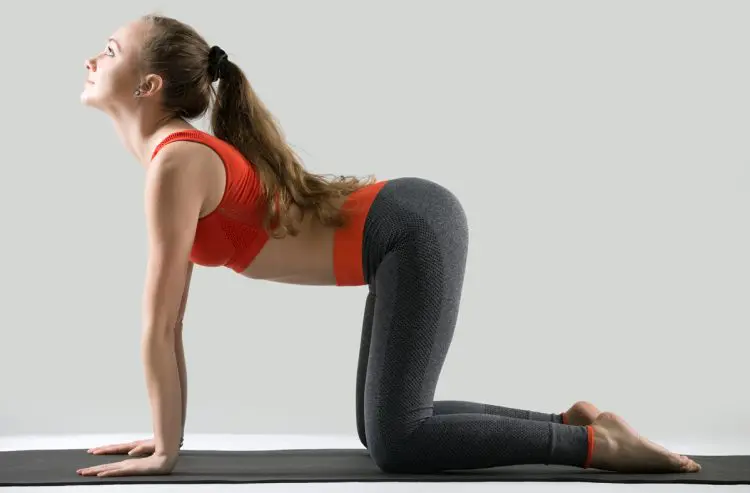
Static Stretching
Just like you wouldn’t start a workout without warming up, you shouldn’t end without a cool-down routine. Research shows that static stretches can boost recovery by flushing out the metabolites from the muscle tissues. (3)
Static stretches involve holding each stretch for at least 30 seconds, and some of the most popular exercises include the hamstring, hip flexor, quadriceps, chest, and lat stretches.
Self-Myofascial Release
Most serious lifters regularly experience delayed-onset muscle soreness (DOMS). It is sometimes accompanied by tightness in the muscles that can feel like knots.
Self-myofascial release techniques like foam rolling deliver a deep tissue massage that can help soothe these issues, improve blood flow, and promote flexibility.
Roll slowly on the trouble areas and pause to release the knots and stiffness. You can do these foam rolling sessions before or after a session, depending on how you feel. I also recommend doing them on rest days to promote blood flow and recovery.
Yoga and Pilates
Pilates and yoga can be game-changers for folks with poor flexibility. Although these might require additional time and capital investment, they are absolutely worth it as they can boost your mobility, improve body awareness, and strengthen the core muscles.
Some yoga and pilates poses and exercises to improve mobility include:
- Downward-facing dog
- Warrior pose
- Cobra pose
- Bridge pose
- Plank variations
- Pilates roll-up
Safety and Considerations
Powerlifting for flexibility is easier said than done. You must be very cautious to get the best results while avoiding injury risk. These are some important factors that you must consider:
- Gradual Progression: Don’t bite off more than you can chew. Start small and increase the weights as you gain more experience and feel more confident in your abilities.
- Controlled Movements: Prioritize deliberate movement to improve flexibility and lower injury risk. Jerky motion can strain the joints, muscles, and connective tissue.
- Individual Needs: Your flexibility needs might differ from that of your training partner’s. I highly recommend seeking a professional’s help to design a personalized training regime.
- Listen to Your Body: Stop an exercise if an exercise feels uncomfortable or weird. Consult your healthcare provider if you are experiencing pain, and it doesn’t subside within a few days.
Conclusion
Improved flexibility is an unexpected benefit of powerlifting, as lifting heavy weights with a full range of motion can make you strong and supple. Remember, strength isn’t just about how much you can lift. It’s also about how well your body moves.
Integrate the form cues and mobility drills listed in this article into your routine to improve your overall mobility and daily performance. Stick to this routine for at least 12 weeks, and the results will follow.
If you have any questions about powerlifting for flexibility, post them in the comments below, and I’ll be happy to help.
References:
- Burd NA, Andrews RJ, West DW, Little JP, Cochran AJ, Hector AJ, Cashaback JG, Gibala MJ, Potvin JR, Baker SK, Phillips SM. Muscle time under tension during resistance exercise stimulates differential muscle protein sub-fractional synthetic responses in men. J Physiol. 2012 Jan 15;590(2):351-62. doi: 10.1113/jphysiol.2011.221200. Epub 2011 Nov 21. PMID: 22106173; PMCID: PMC3285070.
- Chiu L. Z. F. (2024). “Knees Out” or “Knees In”? Volitional Lateral vs. Medial Hip Rotation During Barbell Squats. Journal of strength and conditioning research, 38(3), 435–443. https://doi.org/10.1519/JSC.0000000000004655
- Arntz, F., Markov, A., Behm, D. G., Behrens, M., Negra, Y., Nakamura, M., Moran, J., & Chaabene, H. (2023). Chronic Effects of Static Stretching Exercises on Muscle Strength and Power in Healthy Individuals Across the Lifespan: A Systematic Review with Multi-level Meta-analysis. Sports medicine (Auckland, N.Z.), 53(3), 723–745. https://doi.org/10.1007/s40279-022-01806-9

